IN THE PIPELINE
Fracture Therapy
Our First Step in the Journey to Advance Bone Regeneration
Our First Step in the Journey to
Advance Bone Regeneration
3 phases to fracture healing:
- 1. Inflammatory phase
- 2. Reparative phase
- 3. Remodeling phase
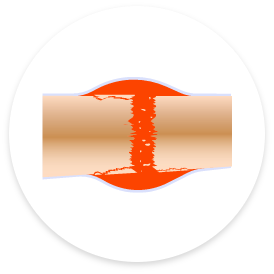
1. Inflammatory phase
Fracture results in torn blood vessels and the formation of a blood clot or hematoma.
The inflammatory reaction results in the release of cytokines, growth factors and prostaglandins, all of which are important in healing.
The fracture hematoma becomes organized and is then infiltrated by fibrovascular tissue, which forms a matrix for bone formation and primary callus.
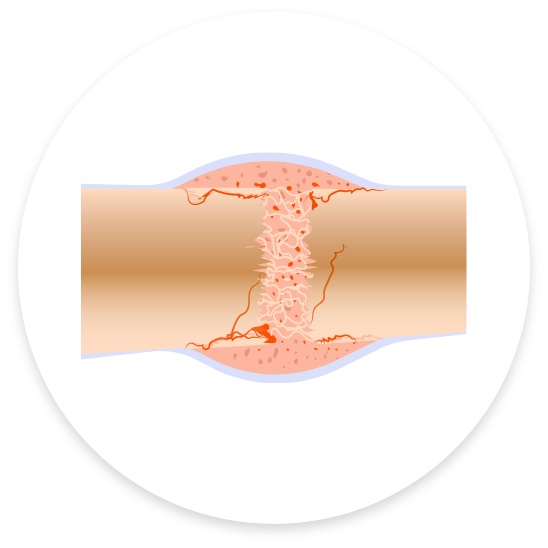
2. Reparative phase
A thick mass of callus forms around the bone ends, from the fracture hematoma. Bone-forming cells are recruited from several sources to form new bone. Soft callus is organized and remodeled into hard callus over several weeks. Soft callus is elastic and can easily deform or bend if the fracture is not adequately supported.
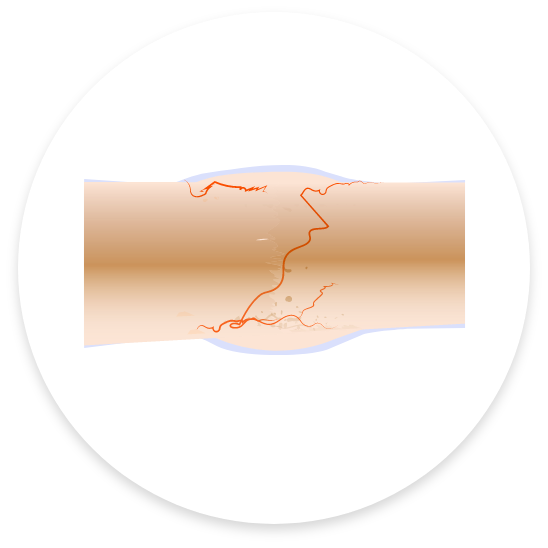
3. Remodeling phase
The healed fracture and surrounding callus respond to activity, external forces, functional demands and growth. Bone (external callus) which is no longer needed is removed and the fracture site is smoothed and sculpted until it returns to normal appearance.
- 1. Inflammatory phase
- 2. Reparative phase
- 3. Remodeling phase

1. Inflammatory phase
Fracture results in torn blood vessels and the formation of a blood clot or hematoma.
The inflammatory reaction results in the release of cytokines, growth factors and prostaglandins, all of which are important in healing.
The fracture hematoma becomes organized and is then infiltrated by fibrovascular tissue, which forms a matrix for bone formation and primary callus.

2. Reparative phase
A thick mass of callus forms around the bone ends, from the fracture hematoma. Bone-forming cells are recruited from several sources to form new bone. Soft callus is organized and remodeled into hard callus over several weeks. Soft callus is elastic and can easily deform or bend if the fracture is not adequately supported.

3. Remodeling phase
The healed fracture and surrounding callus respond to activity, external forces, functional demands and growth. Bone (external callus) which is no longer needed is removed and the fracture site is smoothed and sculpted until it returns to normal appearance.
ModulX® accelerates optimal healing throughout all 3-phases of the healing process
MARKET
& NEED
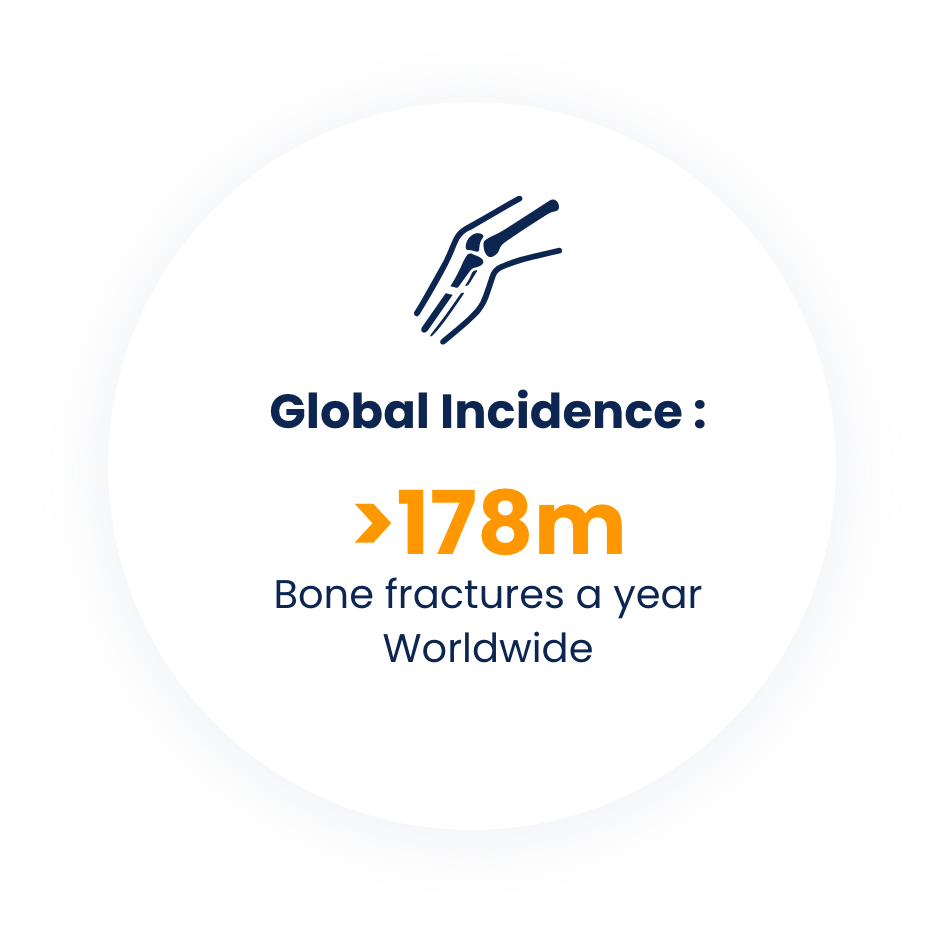
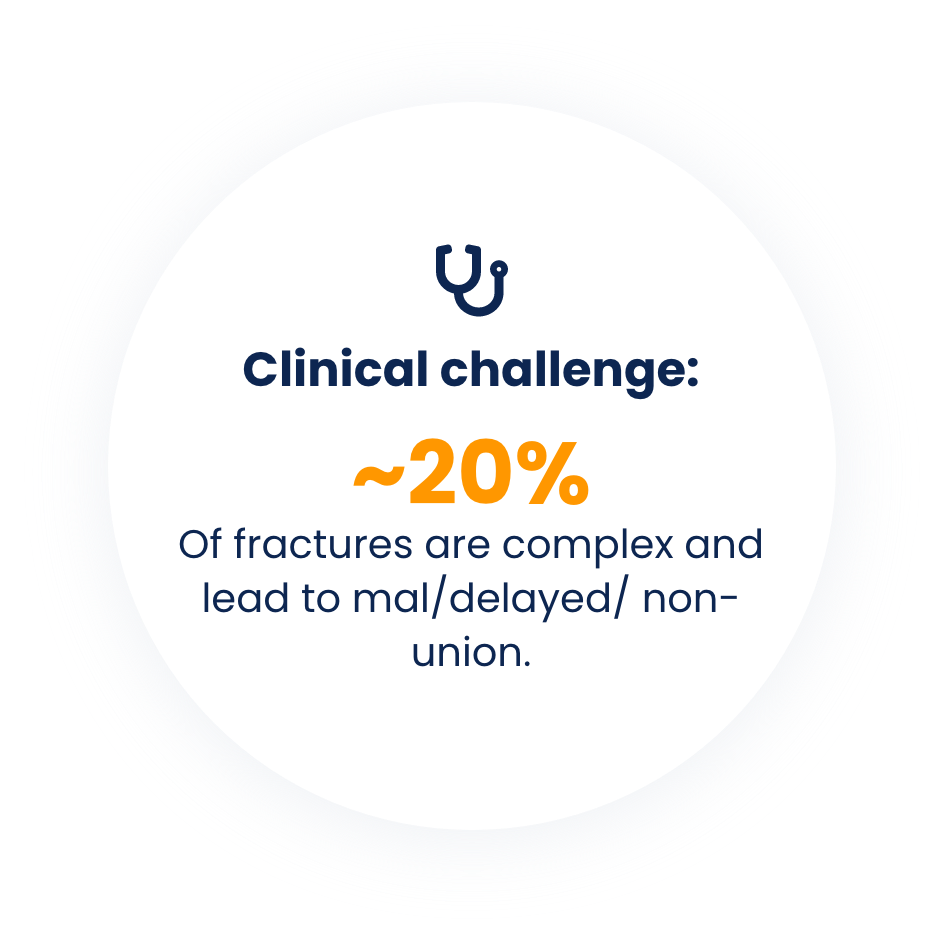


MARKET
& NEED




MARKET
& NEED





